Tashi Lhunpo Monastery
Tashi Lhunpo Monastery, founded in 1447 by the 1st Dalai Lama, is a historic and culturally important monastery in Shigatse, the second-largest city in Tibet. Located on a hill in the center of the city, the full name in Tibetan of the monastery means "all fortune and happiness gathered here" or "heap of glory". Tashi Lhunpo Monastery seeks to provide the best possible modern education, along with a deep and intimate understanding of the heritage of Tibet.
It is one of the four great monasteries of Gelug sect of Tibetan Buddhism. In front of the earliest building in the monastery, Cuoqin Temple, lies a 500-square-meter square for the Panchen teaching the sutra to the monks and for the monks debating scriptures. Cuoqin Temple can accommodate 2000 people chanting sutras at the same time.
Inside the temple, Sakyamuni, the fourth Panchen and some other 80 great achievers are enshrined. The Maitreya Hall nestled at the west of the monastery houses the world’s largest brass Buddha statue with a height of 26.2 meters.
Additionally, there are several Buddhist academies. In Shilun Hall, a great amount of Tibetan classics are kept on the shelves. Tashilhunpo Monastery Tour Route
[the Chapel of Jampa (Jamkhang Chenmo)]
An entire building houses a 26m figure of Jampa (Maitreya), the Future Buddha. The statue was made in 1914 under the auspices of the ninth Panchen Lama and took some 900 artisans and labourers four years to complete. The impressive, finely crafted and serene-looking statue towers high over the viewer. Each of Jampa’s fingers is more than 1m long, and in excess of 300kg of gold went into his coating, much of which is also studded with precious stones. On the walls surrounding the image there are 1000 more gold paintings of Jampa set against a red background.
[The Tomb of the 10th Panchen Lama]
The tomb of the 10th Panchen Lama (Serdung Sisum Namgyel) is a dazzling gold-plated funeral chörten. A statue of the 10th Panchen Lama, who died in 1989, is displayed atop the tomb. The ceiling of the chapel is painted with a Kalachakra (Dukhor in Tibetan) mandala, with a mural of the deity on the left wall, and the walls are painted with gold buddhas in various mudras (hand gestures). From here you can normally follow the pilgrims upstairs to proceed through a line of upper chapels, passing en route an image of the Chinese Emperor Qianlong who was a disciple of the sixth Panchen Lama.
[Panchen Lama Place]
A white palace which is located above the Red Temple has been the residence of the Panchen Lama. The current architectural structure was built during the Sixth Panchen Lama (1738-1780). It is not open to the public.
[The Tomb of the Fourth Panchen Lama]
The gold-roofed chapel holds the tomb of the fourth Panchen Lama (Kundun Lhakhang), Lobsang Choekyi Gyeltsen (1567–1662), teacher of the fifth Dalai Lama. This was the only mausoleum at Tashilhunpo to be spared during the Cultural Revolution. The 11m-high funerary chörten is inlaid with semiprecious stones and contains 85kg of gold.
The Kelsang Temple is a remarkable collection of buildings, with its centrepiece large courtyard the focus of festival and monastic activities. It's a fascinating place to sit and watch the pilgrims and monks go about their business. Monks congregate here before their lunchtime service in the main assembly hall. A huge prayer pole rears from the centre of the flagged courtyard and the surrounding walls are painted with buddhas. Pilgrims put their ears up to a shrine of Drölma, who is said to have the power of speech.
[The assembly hall]
The assembly hall is one of the oldest buildings in Tashilhunpo, dating from the 15th-century founding of the monastery. The massive throne that dominates the centre of the hall is the throne of the Panchen Lamas. The hall is a dark, moody place, with rows of mounted cushions for monks, and long thangkas, depicting the various incarnations of the Panchen Lama, suspended from the ceiling. The central inner chapel holds a wonderfully ornate statue of Sakyamuni (Sakya Thukpa), while the chapel to the right holds several images of Drölma (Tara). Pilgrims crawl around this chapel underneath shelves of Buddhist scriptures. [Festival Thangka Platform]
The platform in Tashilhunpo is built in 1468 and has a history of more than 500 years. It is 32 meters high, 42.5 meters long and 3.5 meters thick. It is divided into 9 layers, which are reached through the internal wooden ladders. The platform is located outside the northeastern wall of the monastery and is surrounded by prayerflags and carvings. Every year, May 14th, 15th, and 16th on the Tibetan calendar is the Buddha Exhibiting Festival of the Temple. There will be unfolding giant Tangka of the past, the present and the future Buddha.
Entrance tickets: 104 yuan/person (from May 1 to October 31); 50 yuan/person (from November 1 to April 30). Opening hours: 9:00 - 17:00 (halls are closed during 12:00 - 14:00)
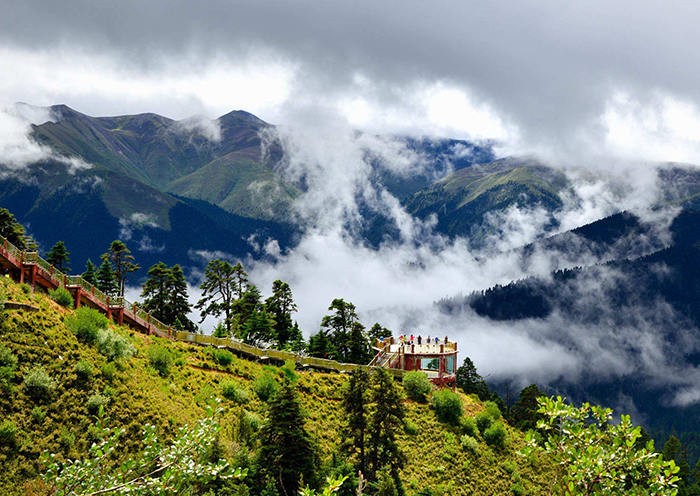
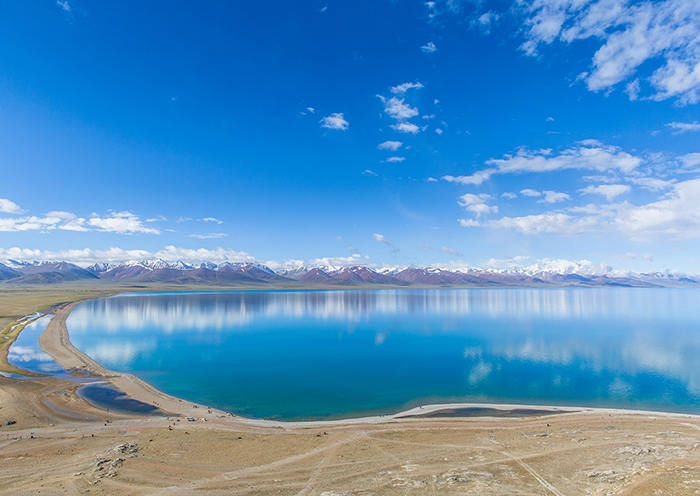
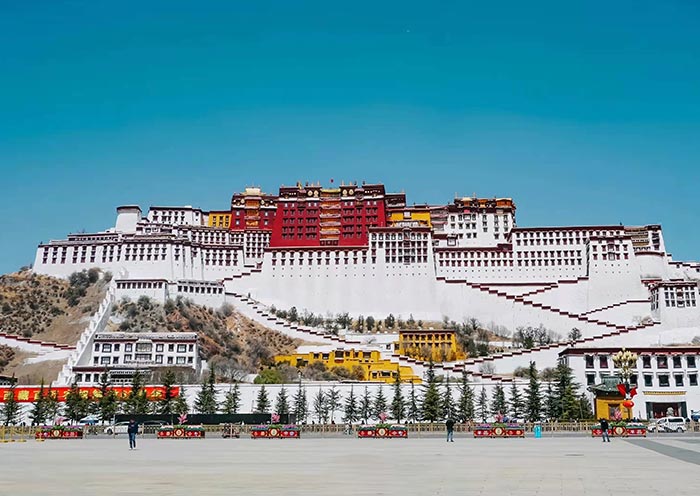
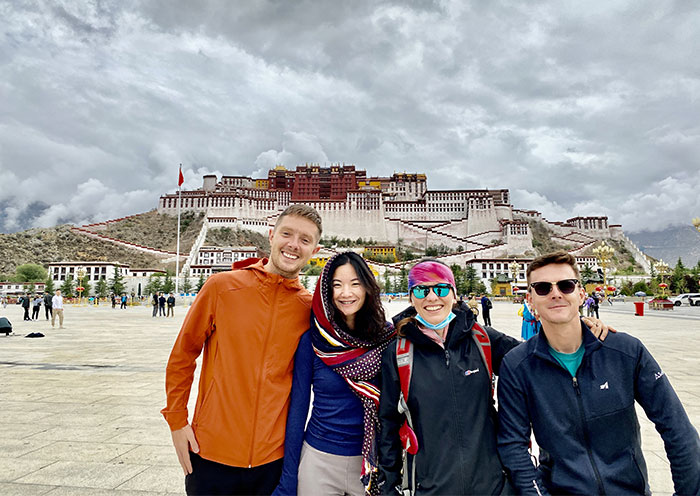
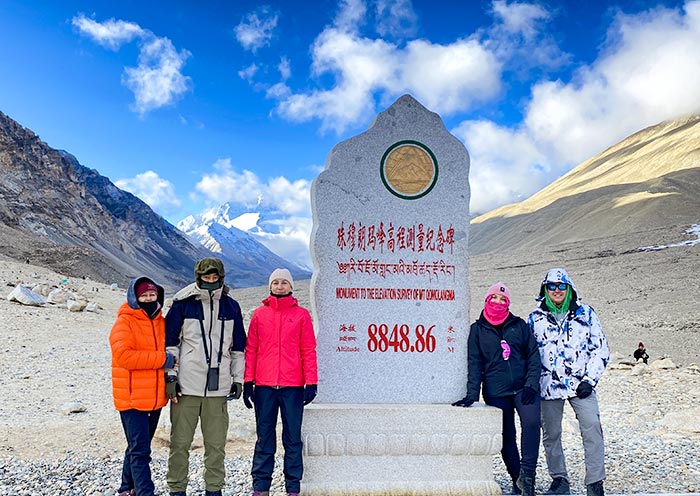
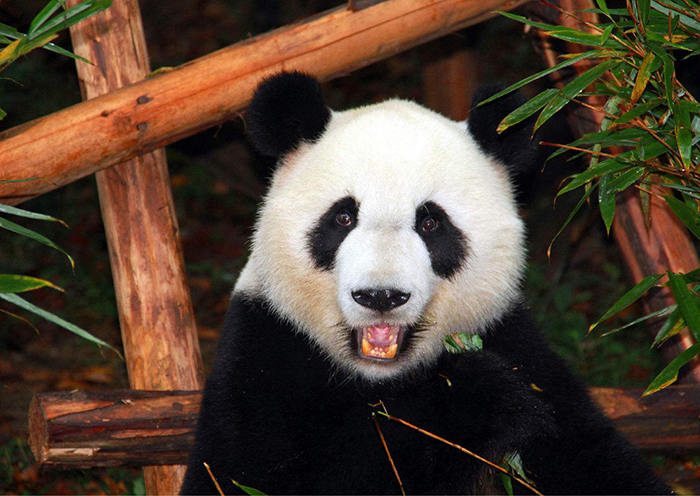
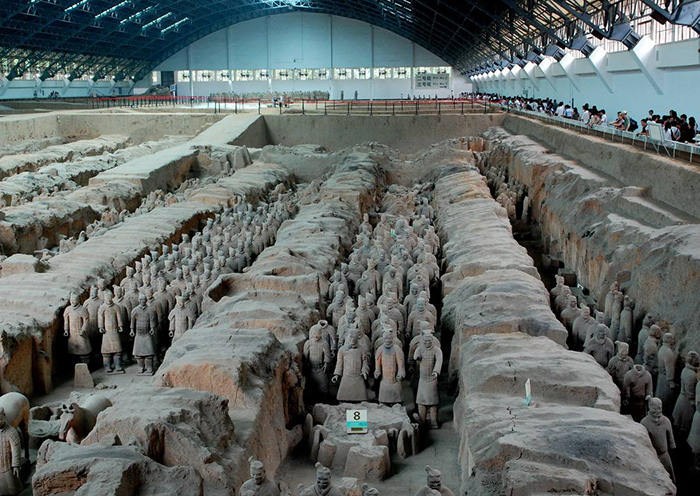
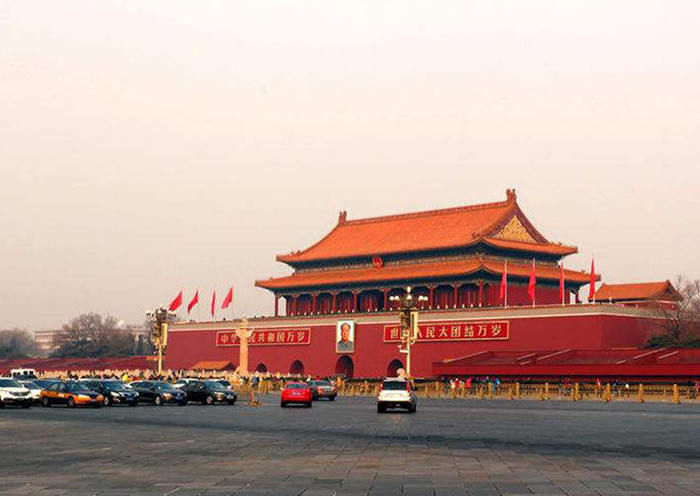
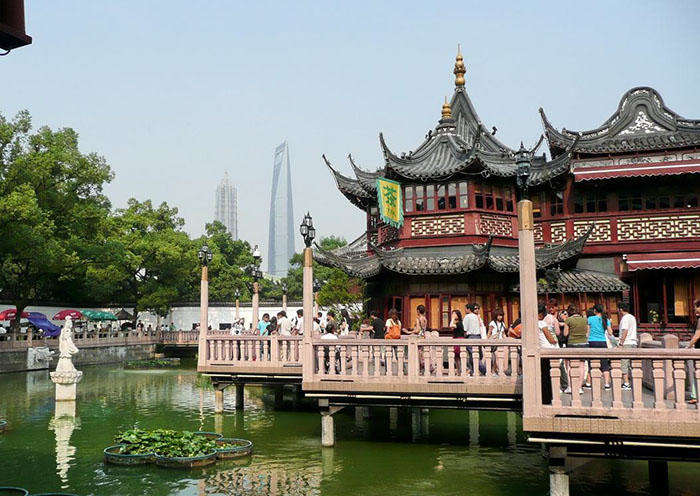
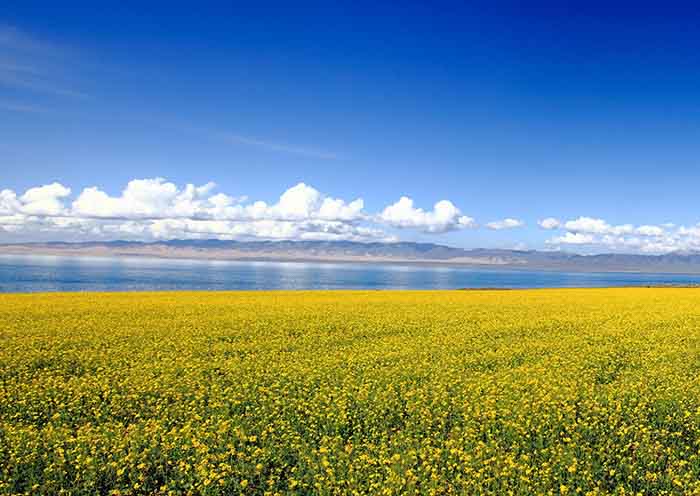
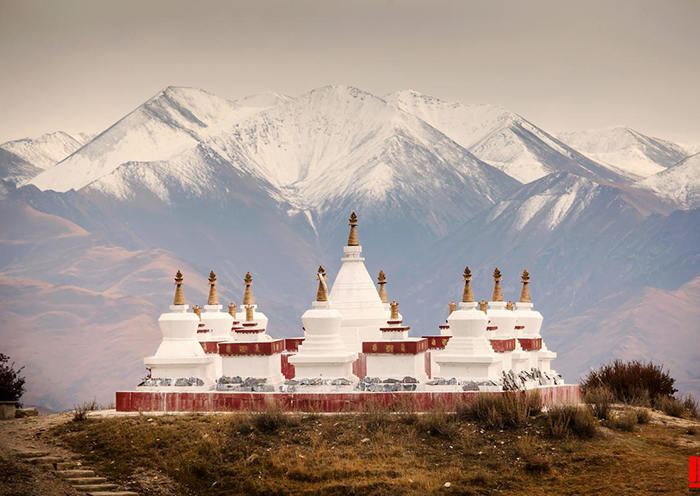
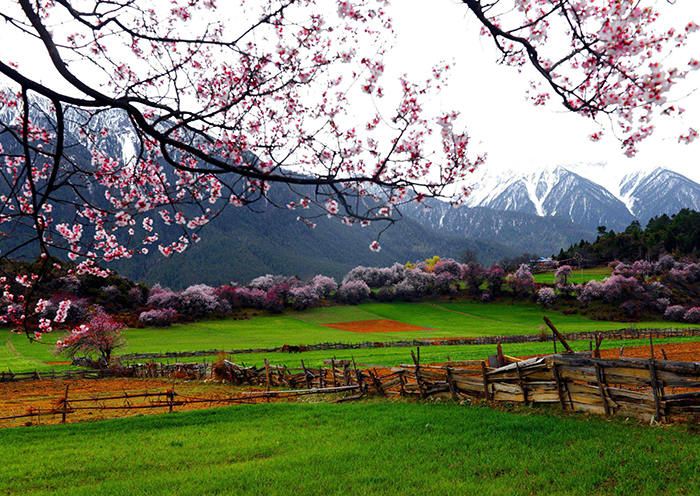
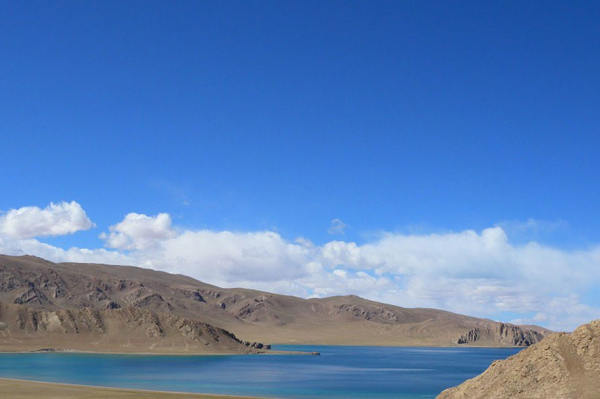
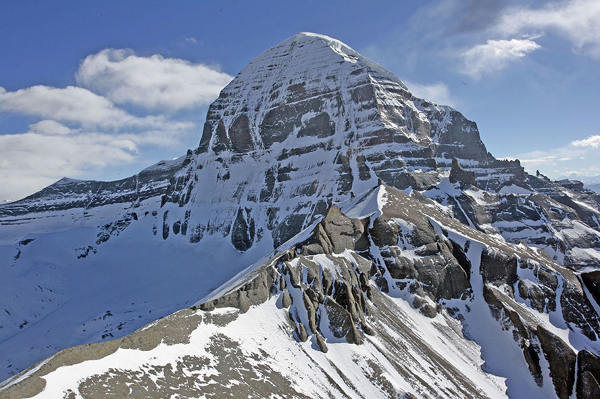
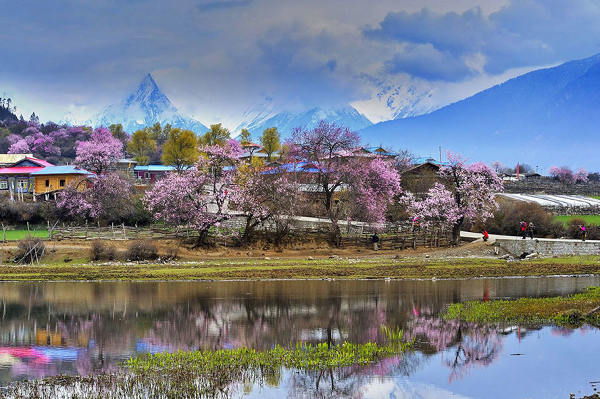
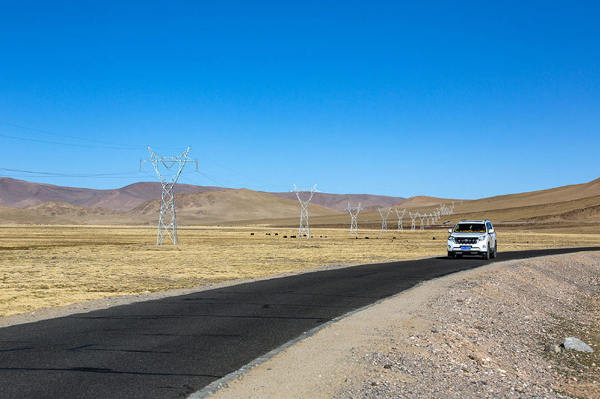

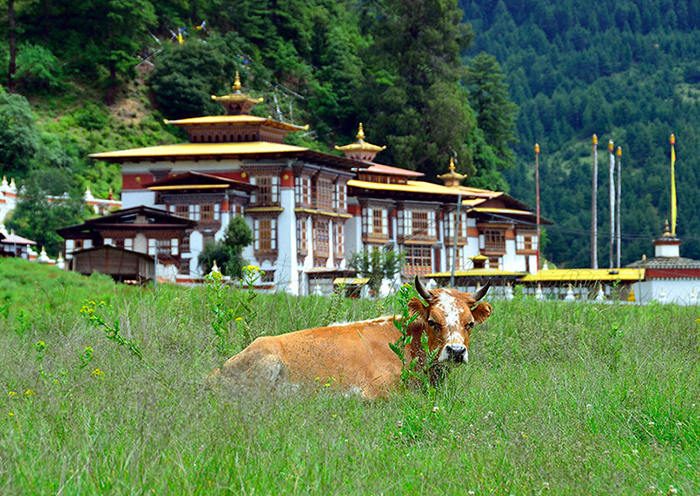
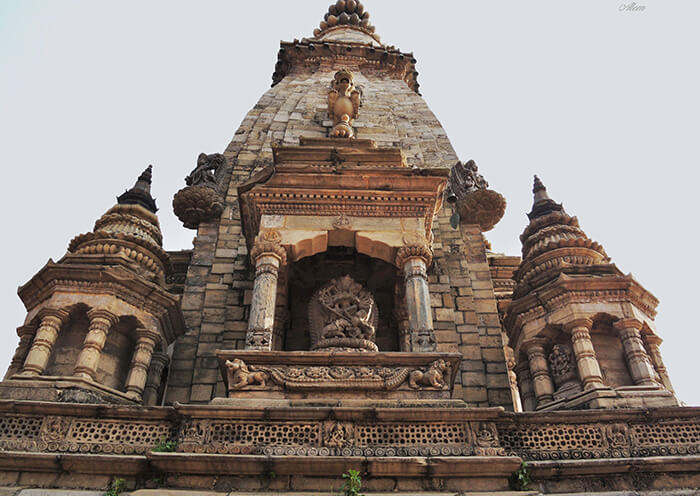
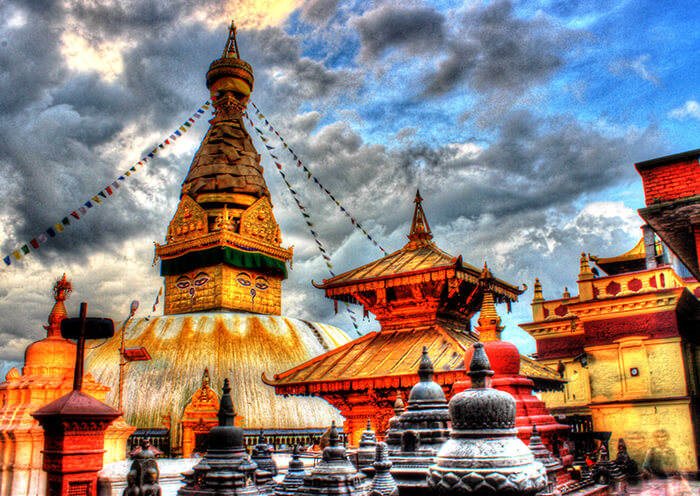



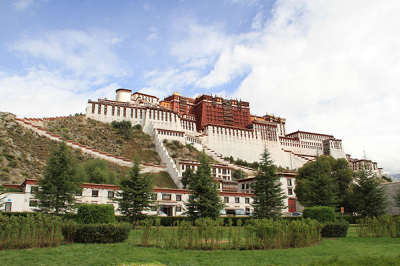
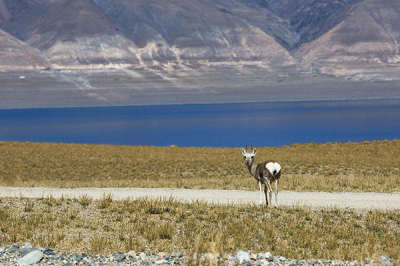
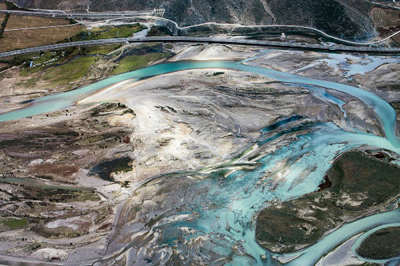
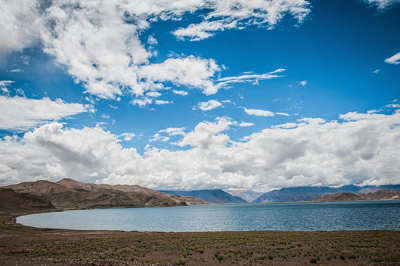
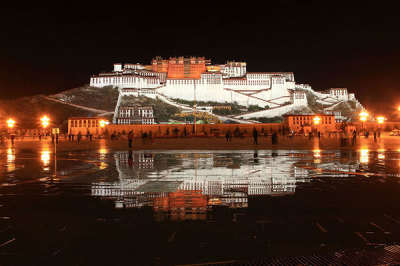
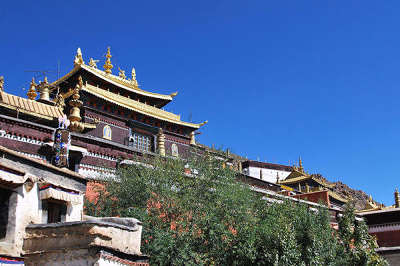
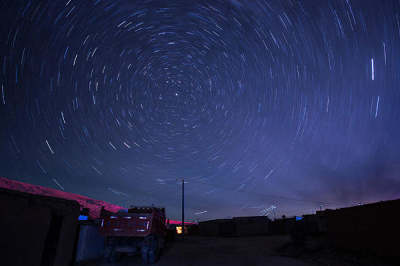
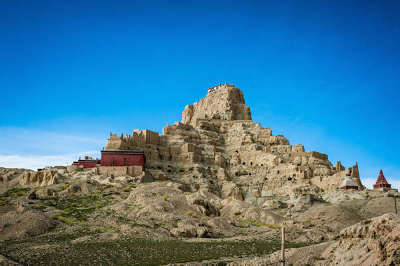
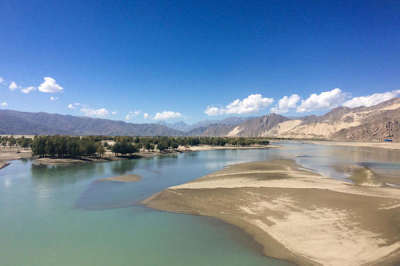
 Data in submission...
Data in submission...